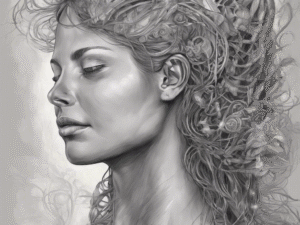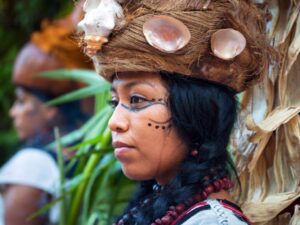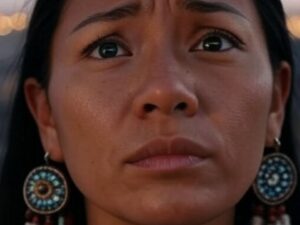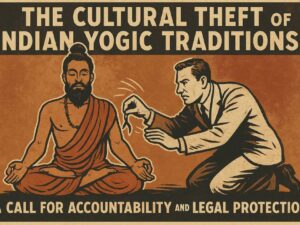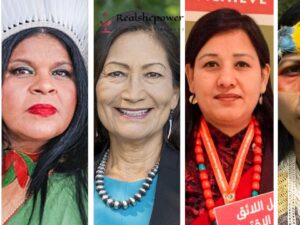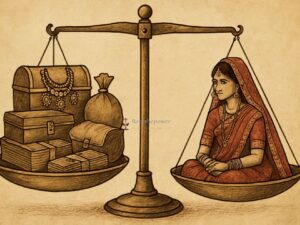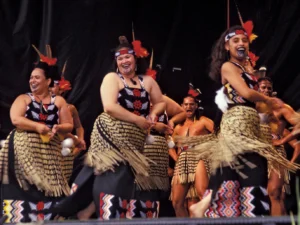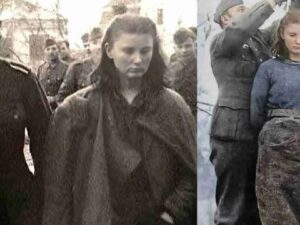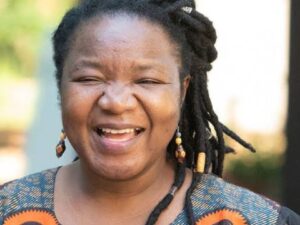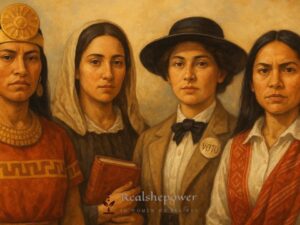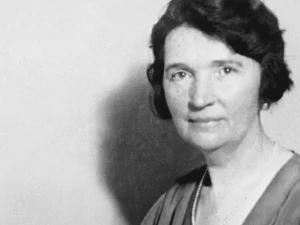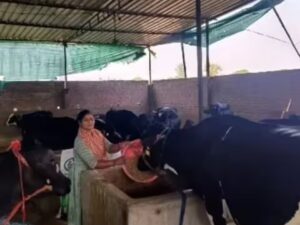The Mayan people, a civilization that thrived in the lush rainforests of Mesoamerica, have captured the imagination of historians, archaeologists, and explorers alike. With their advanced knowledge of astronomy, sophisticated city-states, and complex religious practices, the Mayans were an extraordinary society that rose to prominence during the Pre-Columbian era.
Over time, their civilization seemingly vanished, leaving behind only remnants of a once-great culture. However, recent archaeological findings and research have shed new light on the life and legacy of the Mayan people. Let us journey back through the pages of history to explore the fascinating world of the Mayans.
The Mayan people developed one of the most advanced civilizations of their time. Their society flourished between 2000 BCE and 1500 CE, stretching across modern-day Guatemala, Belize, Honduras, El Salvador, and parts of Mexico. The Mayan civilization can be divided into three main periods:
1. The Preclassic Period: Laying the Foundation (2000 BCE – 250 CE)
The roots of the Mayan civilization can be traced back to the Preclassic period, where the foundation for their society was laid. During this era, the Mayans established agricultural practices, constructed simple villages, and began trading with neighboring regions. Key highlights of this period include:
Development of basic agricultural techniques, such as maize cultivation.
Emergence of small villages and settlements.
The birth of the Mayan calendar, showcasing their early astronomical knowledge.
The Mayan people developed one of the most advanced civilizations of their time. Their society flourished between 2000 BCE and 1500 CE, stretching across modern-day Guatemala, Belize, Honduras, El Salvador, and parts of Mexico. The Mayan civilization can be divided into three main periods
2. The Classic Period: The Height of Mayan Achievement (250 CE – 900 CE)
The Classic period marked the zenith of Mayan culture and power. Flourishing city-states, such as Tikal, Calakmul, and Caracol, vied for supremacy, leading to impressive architectural wonders and artistic masterpieces. Key highlights of this period include:
Construction of monumental pyramids and temples, showcasing remarkable engineering and architectural prowess.
Creation of intricate hieroglyphics, which were crucial to understanding their history and culture.
Advancements in mathematics and astronomy, leading to the highly accurate Mayan calendar.
3. The Postclassic Period: The Slow Decline (900 CE – 1500 CE)
The Postclassic period saw a decline in the once-mighty Mayan civilization. While the reasons for their decline remain a subject of debate, factors such as climate change, warfare, and resource depletion likely played a role. Key highlights of this period include:
Abandonment of major city-states and migration to smaller settlements.
The continuity of certain cultural practices, despite the waning political power.
European contact and the arrival of Spanish conquistadors, leading to the final chapter of the Mayan civilization.
Unraveling the Mayan Mysteries: Legends and Beliefs
The Mayan civilization was deeply rooted in spirituality, mythology, and rituals. Their belief system was a tapestry of complex deities, celestial observations, and the eternal cycle of life and death. Let’s delve into some of the intriguing aspects of Mayan mythology and religious practices:
1. Polytheistic Pantheon: Gods and Goddesses
The Mayans had a vast pantheon of gods and goddesses, each with specific roles and attributes. Among the prominent deities were:
Itzamná: The supreme god, considered the creator of the world and the patron deity of writing and knowledge.
Ixchel: The goddess of fertility, medicine, and weaving, often associated with the moon.
Kukulkan (Quetzalcoatl): Known as the Feathered Serpent, this god was associated with wind, rain, and agriculture.
Chaak: The rain god, vital for agricultural prosperity and often depicted with a reptilian appearance.
The Mayans believed that their actions and offerings could influence the gods’ favor, and rituals were performed to appease them during important events such as agricultural cycles, warfare, and celestial events.
2. Astronomy and Cosmology: The Sacred Skies
The Mayan people were remarkable astronomers, observing celestial bodies with astonishing precision. Their extensive knowledge of the stars, planets, and celestial events was intertwined with their religious beliefs and rituals. The Mayan calendar, consisting of several interlocking cycles, demonstrated their expertise in astronomy. Key elements of their calendar system included the Tzolk’in (sacred calendar) and the Haab’ (civil calendar).
These astronomical observations guided the timing of significant ceremonies and agricultural activities, as the Mayans believed that celestial events influenced human life and the world’s harmony.
3. The Popol Vuh: The Sacred Book of the Mayans
The Popol Vuh is an ancient Mayan text that provides valuable insights into their mythology, cosmology, and creation story. The sacred book narrates the adventures of the Hero Twins, Hunahpu and Xbalanque, as they journey through the Underworld, defeat evil deities, and ultimately ascend to the heavens as the sun and moon.
The Popol Vuh served not only as a creation myth but also as a guide for the Mayan people, imparting moral and ethical values essential for maintaining harmony in their society.
4. Elaborate Rituals and Ceremonies
Rituals played a central role in Mayan life. Ceremonies were held to honor the gods, celebrate astronomical events, mark significant life transitions, and seek divine guidance. These rituals involved offerings, sacrifices, dances, music, and chanting, often led by priests and shamans.
The Mayan ballgame, known as “Pitz,” was one such ritual that held both religious and political significance. It was believed to be a contest between the forces of light and darkness, with the outcome influencing the fertility of crops and the prosperity of the kingdom.
5. The Decline of Mayan Civilization: Unraveling the Mystery
The decline of the once-thriving Mayan civilization remains a subject of intrigue and speculation. While no single cause can explain their downfall, a combination of factors likely contributed to their decline:
Environmental Factors: Droughts and changing climate patterns may have led to agricultural difficulties, impacting the availability of resources.
Internal Conflict: Rivalry between city-states and social unrest may have weakened the unity and stability of the Mayan society.
Spanish Conquest: The arrival of Spanish conquistadors in the 16th century led to violent encounters and diseases, further decimating the population.
The Modern Descendants: Preserving Mayan Heritage
Despite the decline of the ancient civilization, the Mayan people and their culture have endured through the centuries. Today, there are several indigenous communities in Central America who proudly carry on the traditions and customs of their ancestors. These modern Mayan descendants continue to practice their unique languages, arts, and agricultural techniques.
The legacy of the Mayan people also lives on in the archaeological sites, such as Chichen Itza, Tikal, and Copan, attracting visitors from around the world, eager to witness the remnants of this remarkable civilization.
FAQs About the Mayan People
Q1. Did the Mayans predict the end of the world in 2012?
A: No, the Mayans did not predict the end of the world in 2012. The notion of the Mayan calendar predicting an apocalypse was a misinterpretation. The Mayan Long Count calendar simply marked the end of a cycle and the beginning of a new one, much like our modern New Year’s celebrations.
Q2. What happened to the Mayans?
A: The decline of the Mayan civilization is believed to be a result of multiple factors, including environmental challenges, internal conflicts, and the impact of Spanish colonization.
Q3. Are there any Mayans alive today?
A: Yes, there are modern-day Mayan descendants living in various regions of Central America. These indigenous communities continue to preserve their cultural heritage and traditions.
Q4. What are some famous Mayan archaeological sites to visit?
A: Some of the most famous Mayan archaeological sites worth visiting include Chichen Itza and Tulum in Mexico, Tikal in Guatemala, and Copan in Honduras.
In Conclusion
The Mayan people, an ancient civilization with a rich and complex history, continue to captivate us with their mysteries and achievements. From their awe-inspiring architecture to their advanced knowledge of astronomy, the Mayans left an indelible mark on human history.
While much about the Mayan civilization remains shrouded in the mists of time, the legacy of their culture, art, and beliefs endures. Today, modern Mayan descendants proudly carry on their traditions, reminding us of the enduring spirit of this remarkable civilization.
As we explore the remnants of the Mayan world and learn from their fascinating past, may we also reflect on the importance of preserving and cherishing our own cultural heritage, for it is through understanding and appreciation that we connect the threads of humanity’s diverse tapestry.



